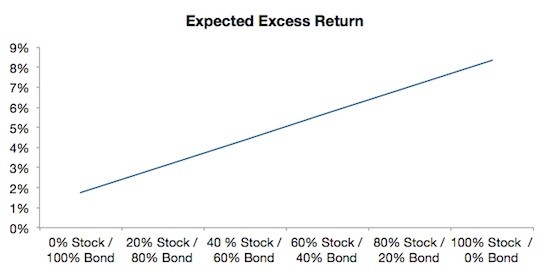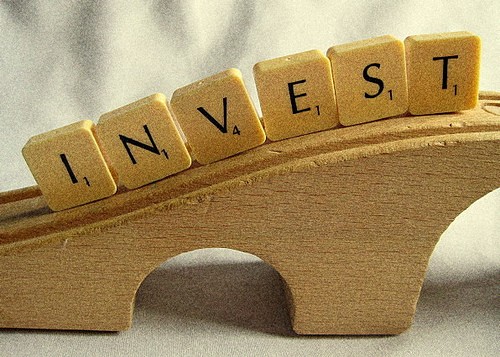Investors ignore ETFs at their peril
Post on: 8 Июль, 2015 No Comment

For all the positive headlines that exchange-traded funds garner, its somewhat surprising that growth in Canada has slowed sharply in the past year.
ETFGI research shows global ETF assets under management recently hit US$2.44-trillion,while BlackRock, the world’s largest money manager and owner of the biggest ETF provider iShares, reports that the worldwide number of ETFs in January crossed 5,000 for the first time — choice is a good thing.
But in Canada, growth in the past year has declined to 12.4%, even though favorable markets, a slew of new products and two new entrants (First Trust Portfolios Canada and Purpose Investments) should have served to underwrite continued strong asset growth.
What happened? Tapering. The U.S. Federal Reserve reduced the pace of its debt purchases and the pace of AUM growth in ETFs, earlier underpinned by large inflows into bond and preferred shares ETFs, fell sharply.
From 2009 on, risk-averse and aging investors propelled fixed-income and preferred-share ETF assets upward by $19-billion — $7-billion in the past two years alone. In the past year, that figure dropped to $860-million.
In Canada, there were more than 300 ETFs with a collective $64.9-billion of assets as of February 2014. Ten years ago, ETFs represented a mere $6.8-billion of assets, spread across 12 ETFs offered by one provider (iShares). There are now nine providers and iShares alone offers 99 ETFs.
Looking back 10 years, however, shows ETFs in Canada have grown at an average annual rate of 25%. And since the significant market bottom during the depths of the global financial crisis in February/March 2009, ETF assets have grown by an even more impressive compound rate of 29%. So far so good for the growth story, but there are two caveats.
First, growth is always higher off a smaller base. Second, starting from depressed levels, subsequent growth is magnified. In this case, ETFs have benefited from a meaningful recovery in markets during the past five years. That said, the creation of new ETF units trumped market-related gains by a wide margin.
In and of itself, the slowing growth of bond and preferred-share ETF assets isn’t a bad thing. After all, if investors are moving on due to fears about the negative impact of rising rates on these ETFs, or are breaking free to move into higher-return securities to boost their equity exposure while perhaps leaving behind their home bias, then great.
A $100-billion target for AUM in Canada still remains highly attainable within four years. Even at a reduced 12.4% annual growth pace, the industry reaches $103-billion by early 2018.
However, for both the industry and investors, a far superior outcome would be for the ETF growth rate to resume mirroring that of its longer-term trajectory, which would mean hitting $200-billion in AUM in 2019.

Better yet — though unlikely — at the growth rate enjoyed since 2009, ETF AUM could approach $300-billion by early 2020. By comparison, mutual-fund assets in Canada recently surpassed the $1-trillion mark, leaving a lot of room for ETFs to catch up.
Whats in it for investors? A lot, though most investors dont seem to think a one-percentage-point saving in overall fees is that big a deal. After all, who would go to Walmart just to save 1%? They are missing the point, however.
Lets assume all investors have a typical balanced (60/40) portfolio and that total ETF AUM will grow at the same rate the industry has experienced since 2009 to hit $296-million in 2020. Lets also peg the MERs at 50 basis points for equity ETFs (most, of course, are cheaper) and 30 basis points for fixed-income ETFs.
All told, ETF investors would save $2.4-billion in fees relative to a similar allocation through mutual funds, assuming MERs of 150 and 80 basis points for equity and fixed-income funds, respectively, though many funds currently charge meaningfully higher fees.
Consider that $2.4-billion could mint a fresh batch of 48 happy Lotto Max $50-million winners in 2020. And we haven’t even touched on the corrosive effect of fee differentials over time.
Perhaps its high time investors understood the end result is going to be much better than a 1% differential suggests. And if they wish to quantify it for themselves, there are handy online tools that can boil it down to a dollar figure that can get pretty staggering over time.
Yves Rebetez is managing director and editor of ETFInsight














